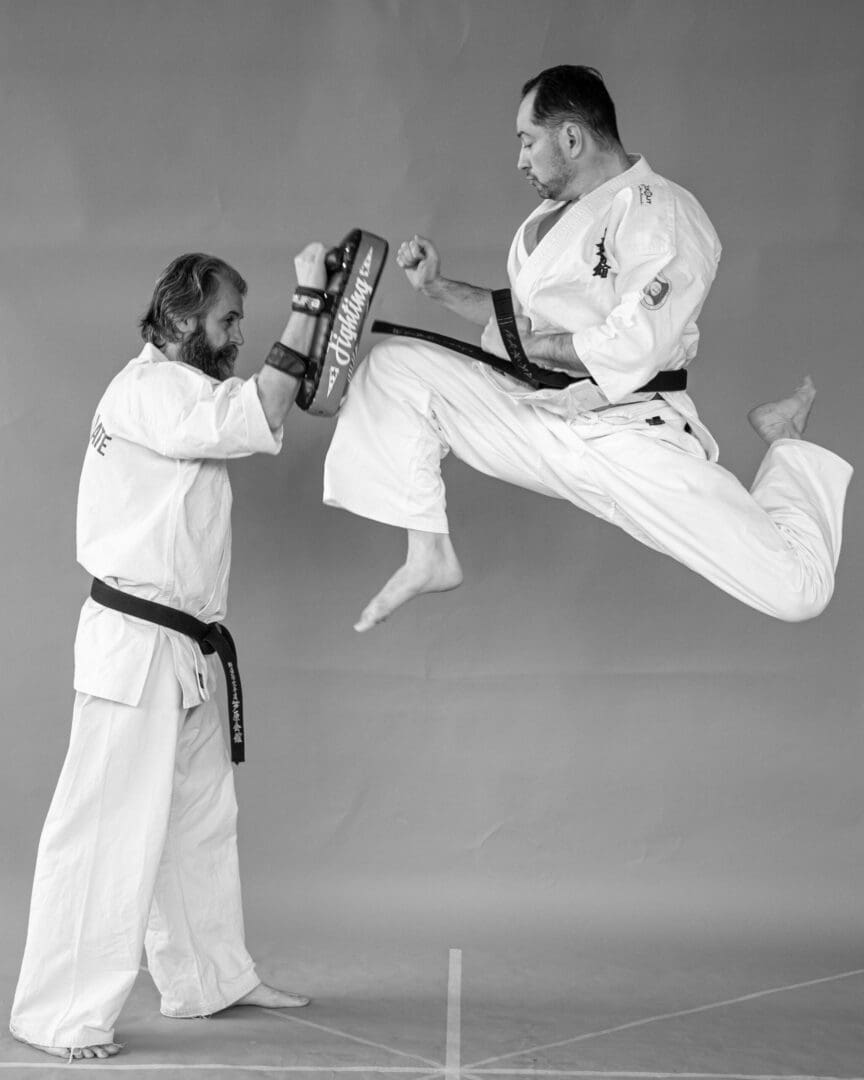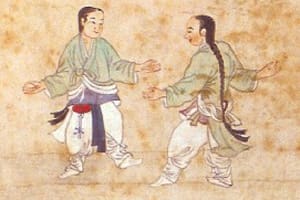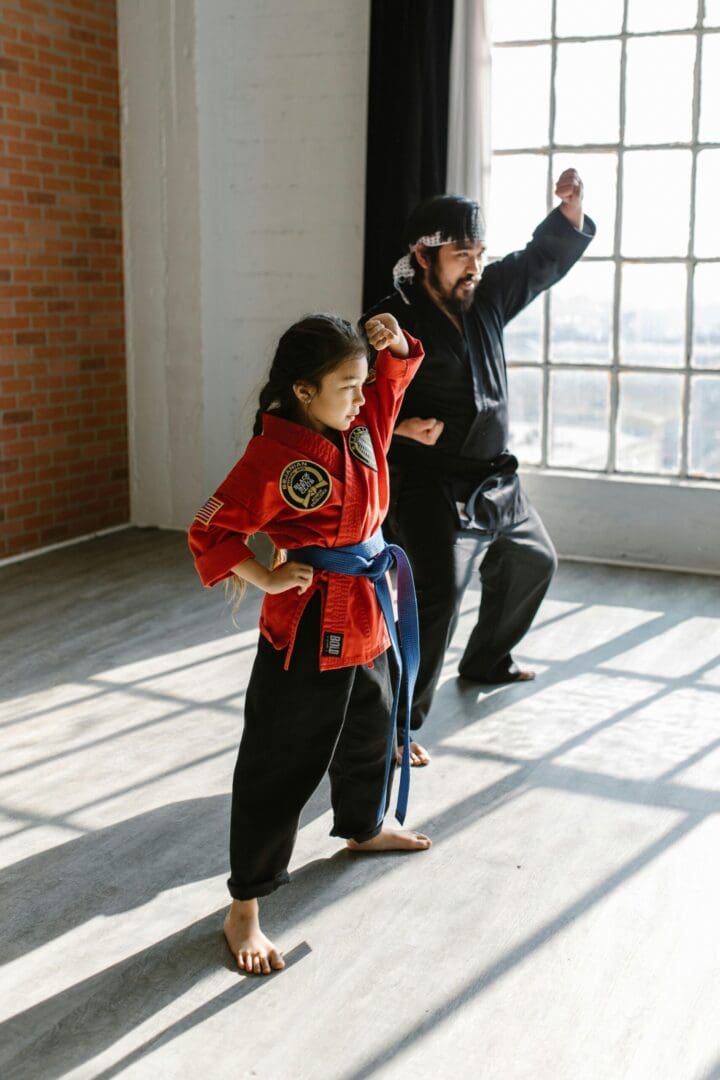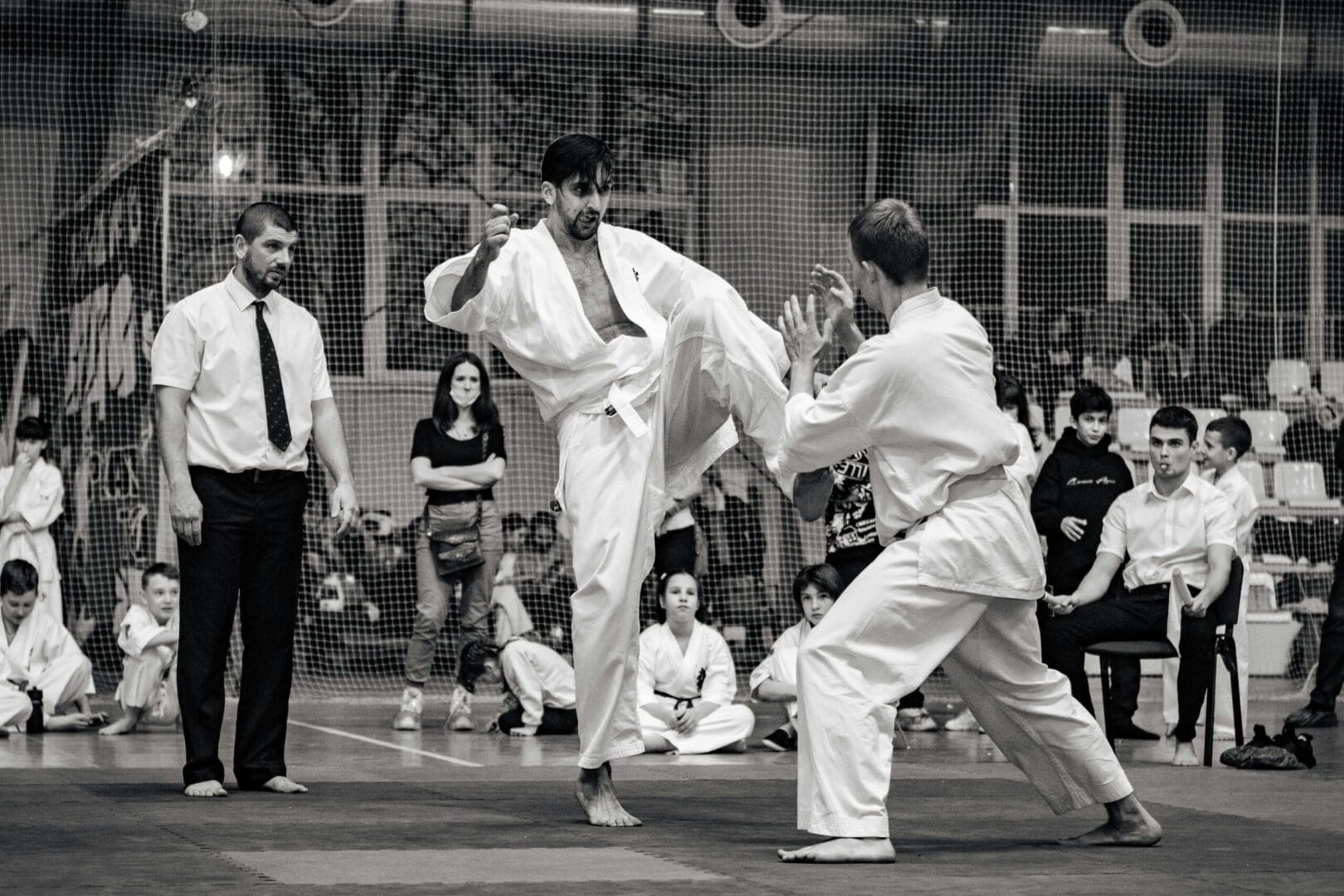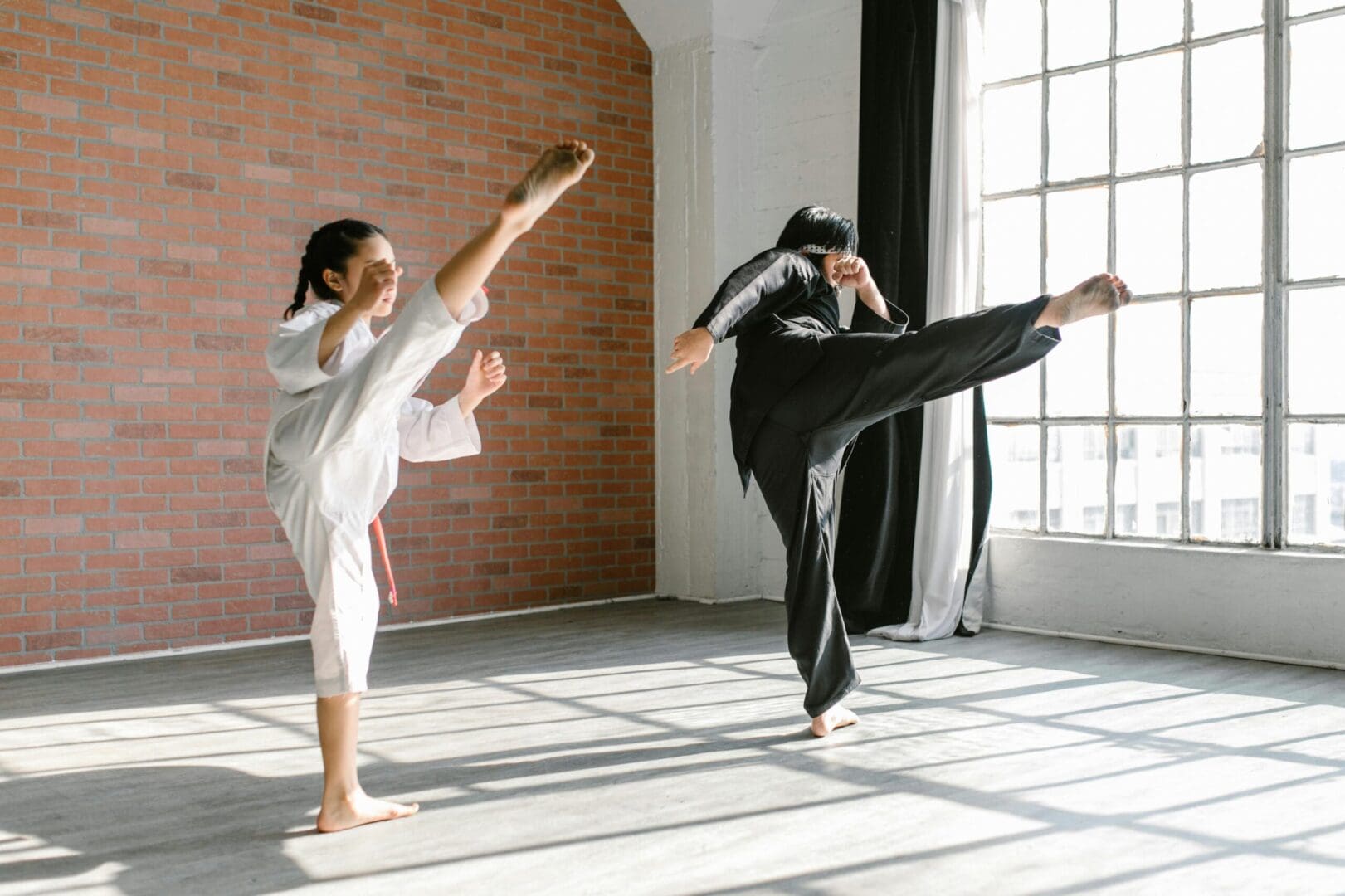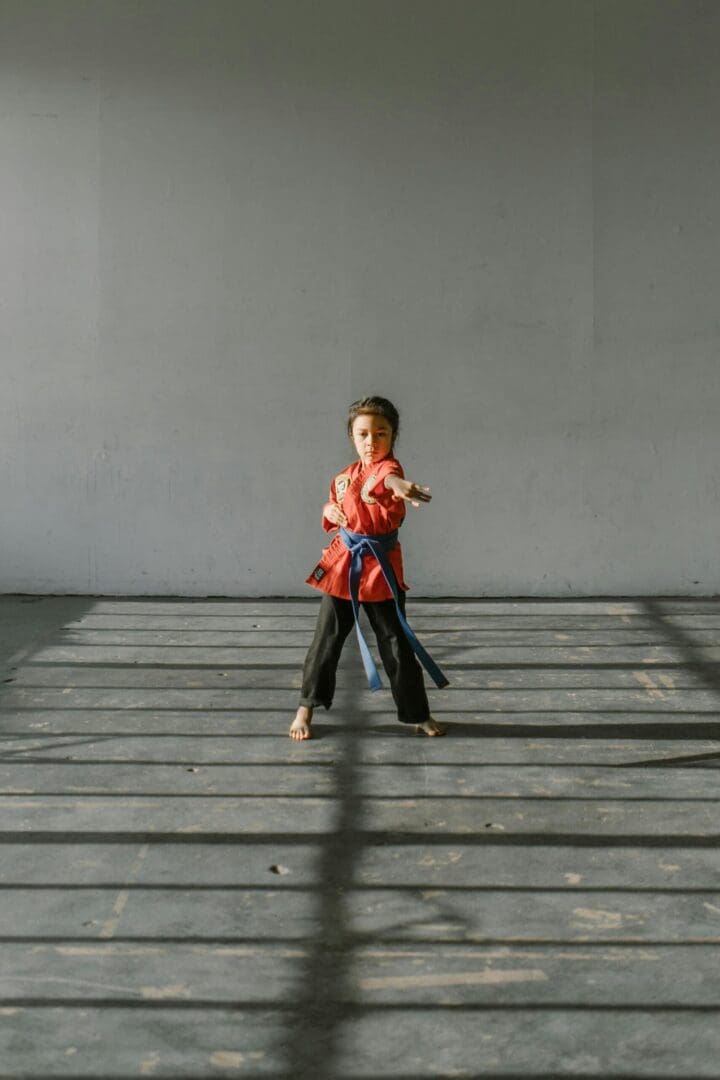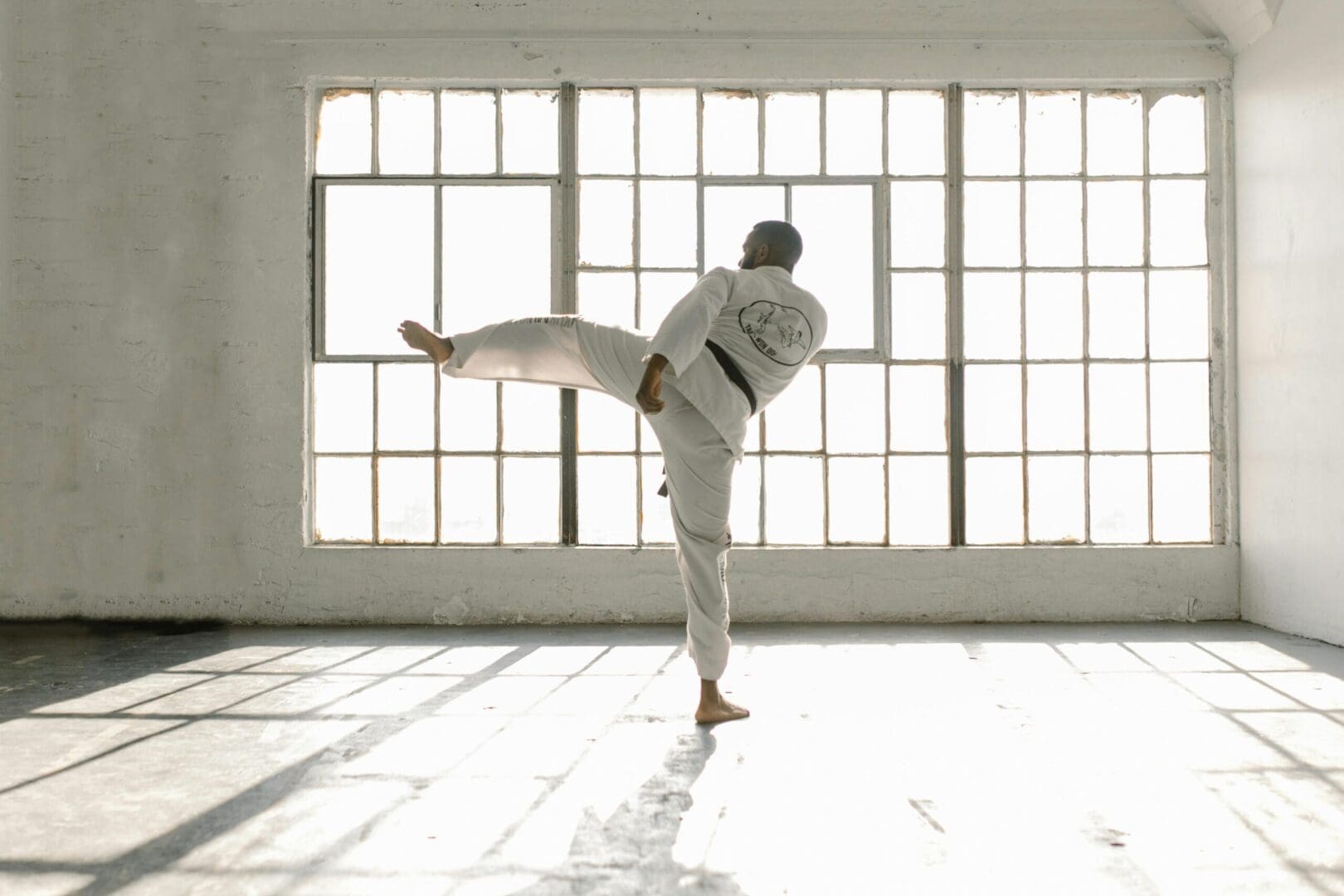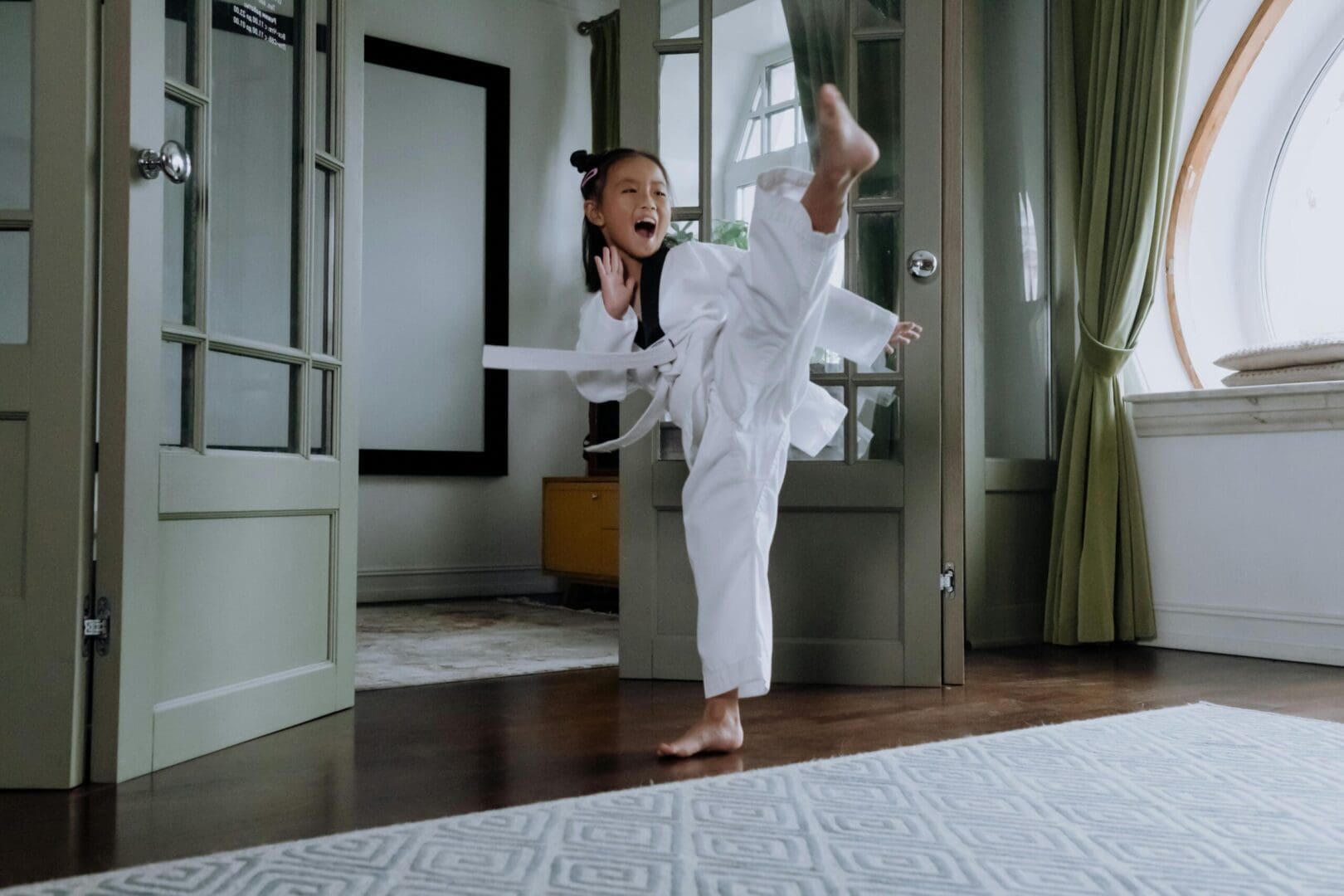About Taekkyeon
Taekkyeon is a traditional Korean martial art that is known for its flowing, circular movements and fluid footwork, which distinguishes it from more rigid or linear martial arts. Unlike systems that focus on strict stances or static techniques, Taekkyeon’s style is characterised by its emphasis on rhythmic, sweeping kicks, gentle yet powerful strikes, and the use of momentum. One of the defining features of Taekkyeon is the dynamic use of the feet in combat, with practitioners using the legs for various types of kicks that flow naturally into each other.
The art combines both offensive and defensive techniques, focusing on graceful, continuous movements that make it appear as though the practitioner is dancing, while still maintaining martial efficiency. Additionally, Taekkyeon incorporates a deep connection to traditional Korean culture and philosophy, with an emphasis on balance, harmony, and respect. What makes Taekkyeon unique is its blend of aesthetic fluidity with effective martial techniques, alongside the tradition of being passed down through generations as a form of cultural heritage.
